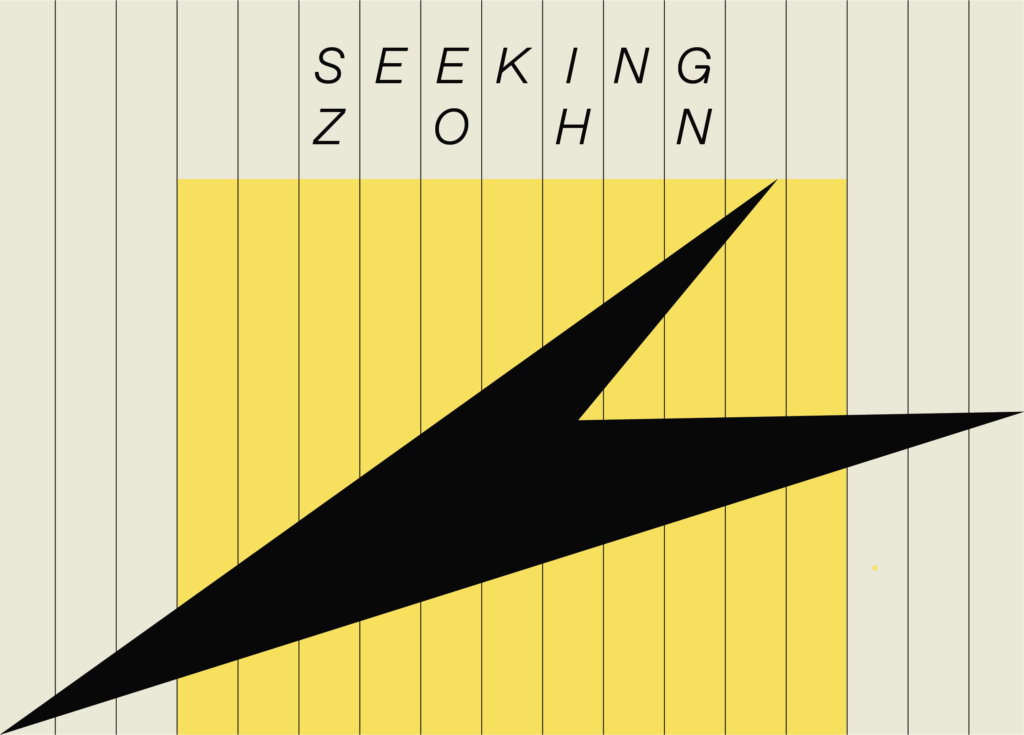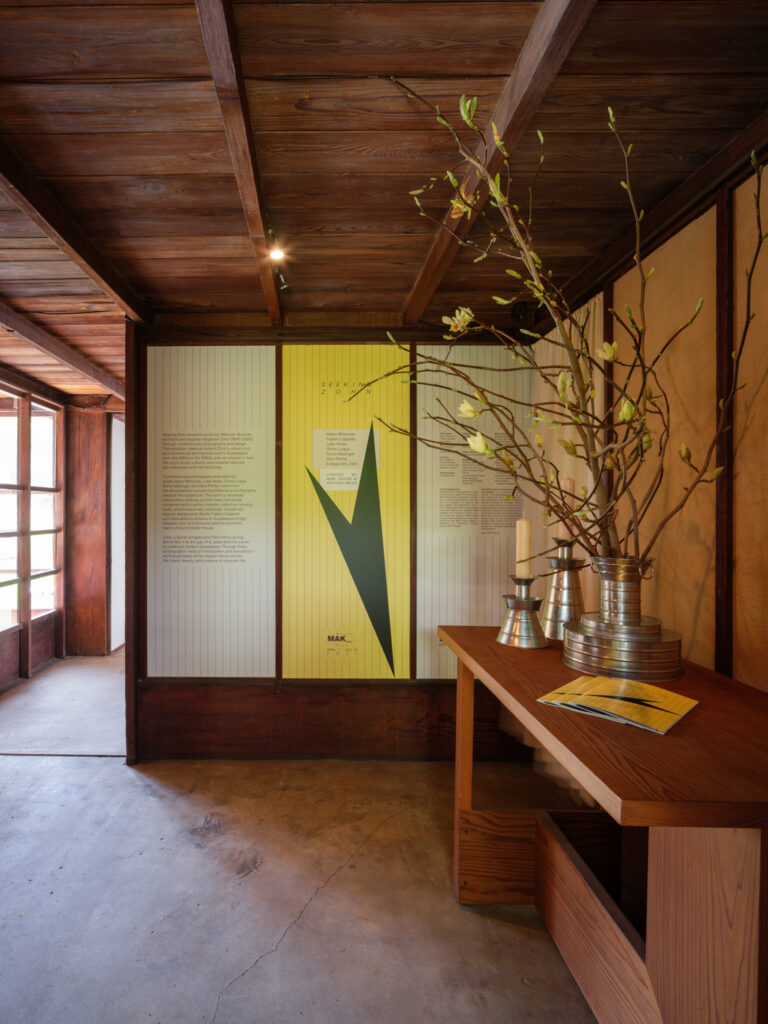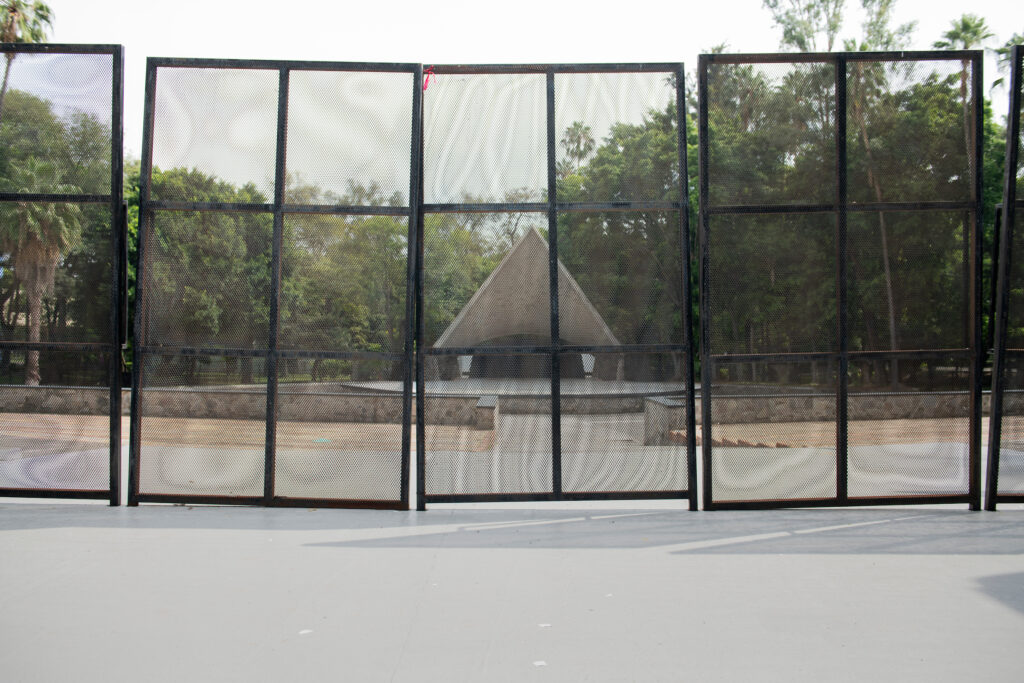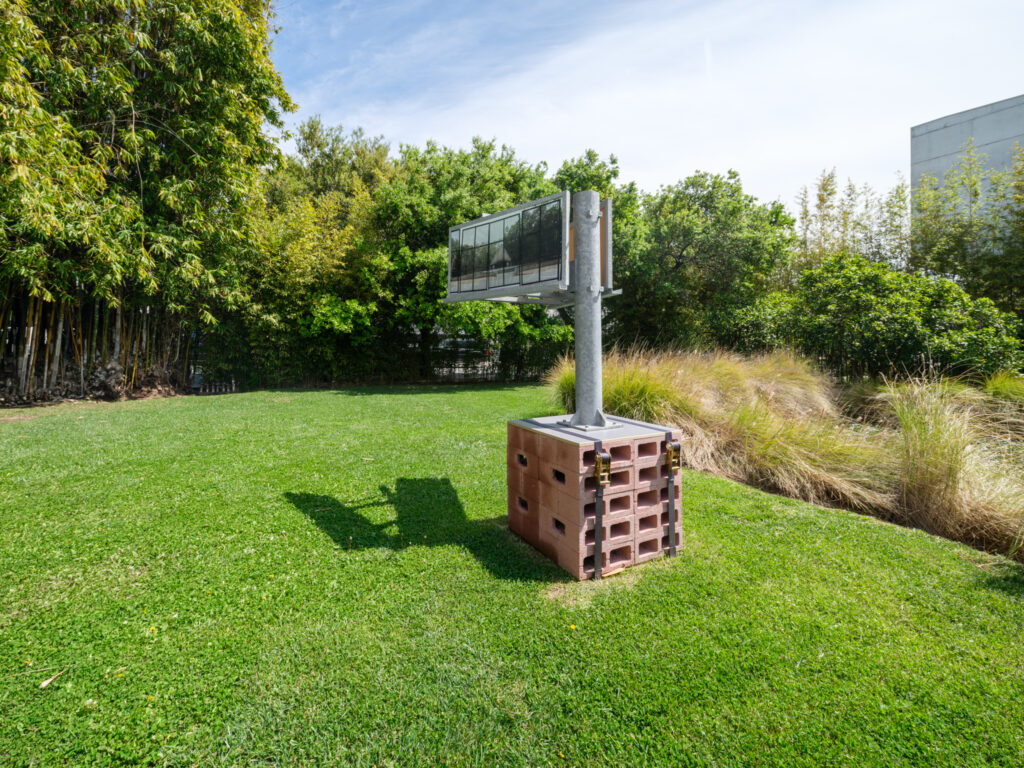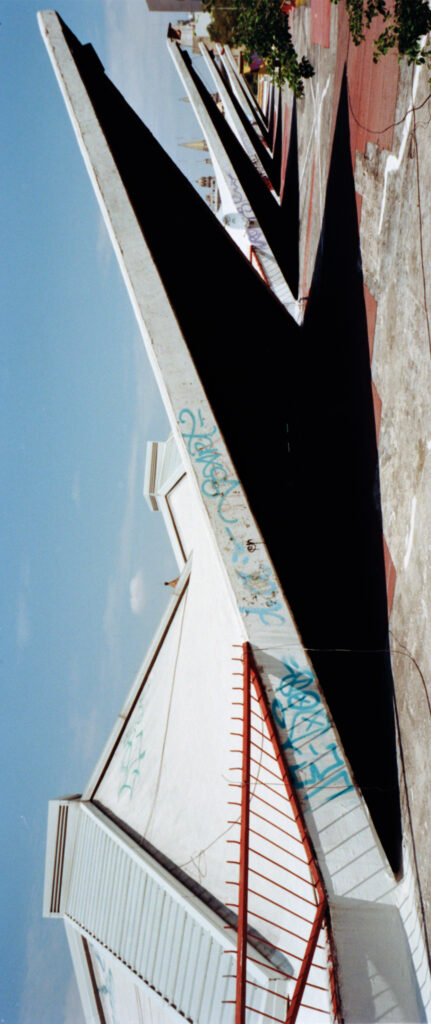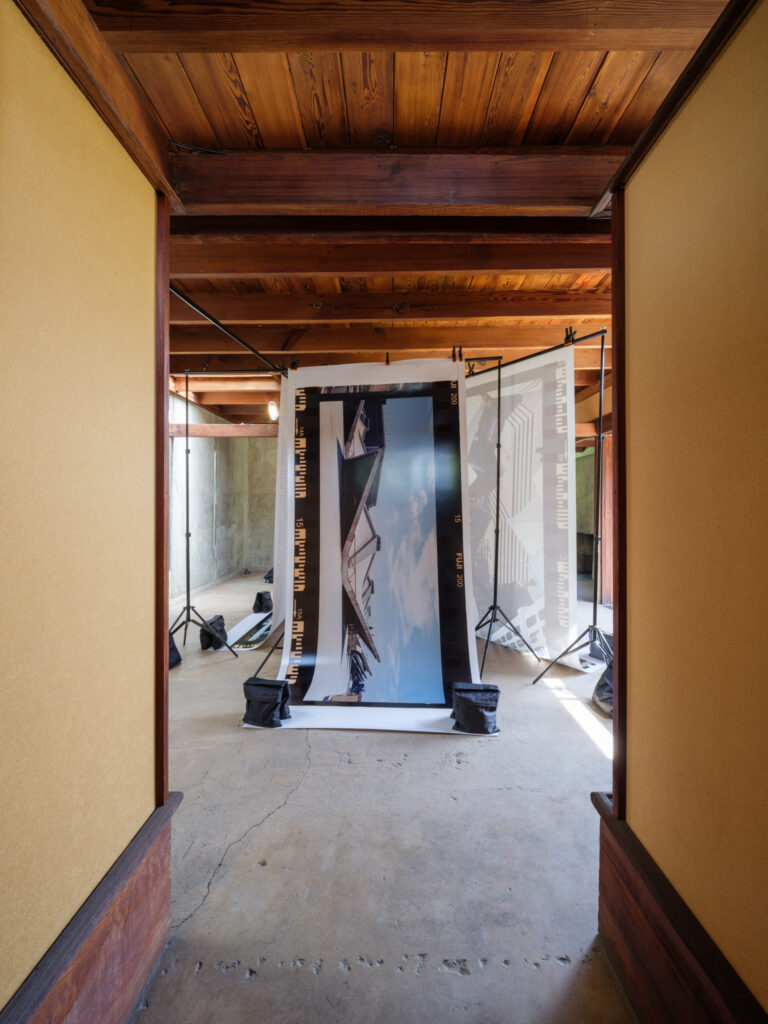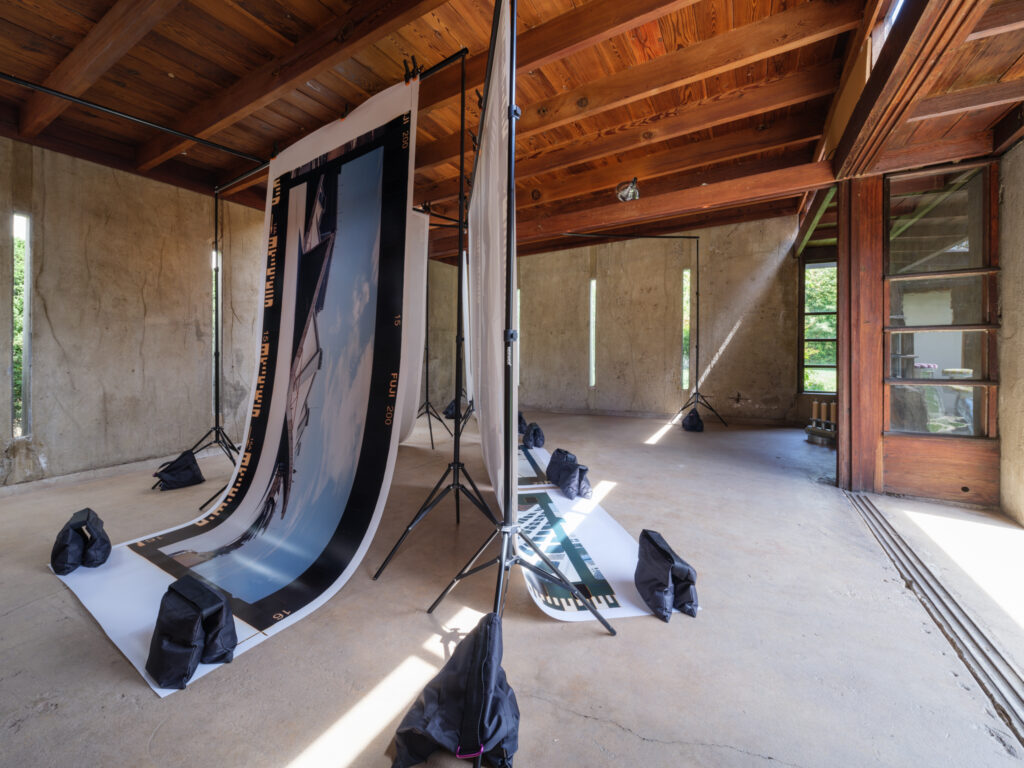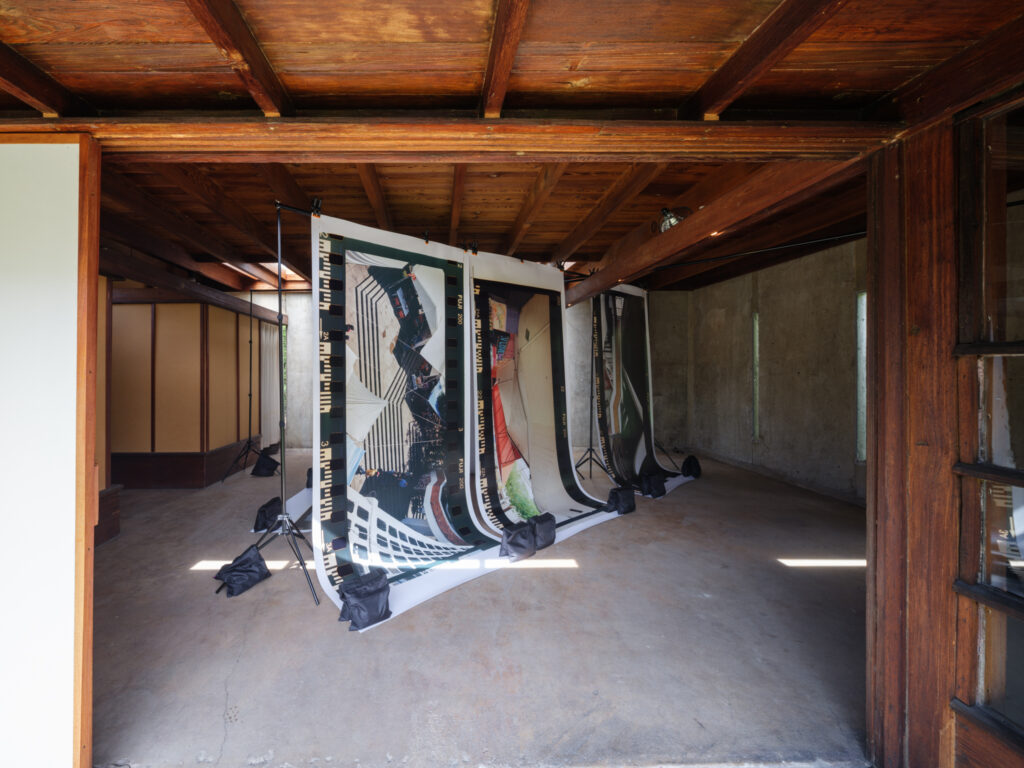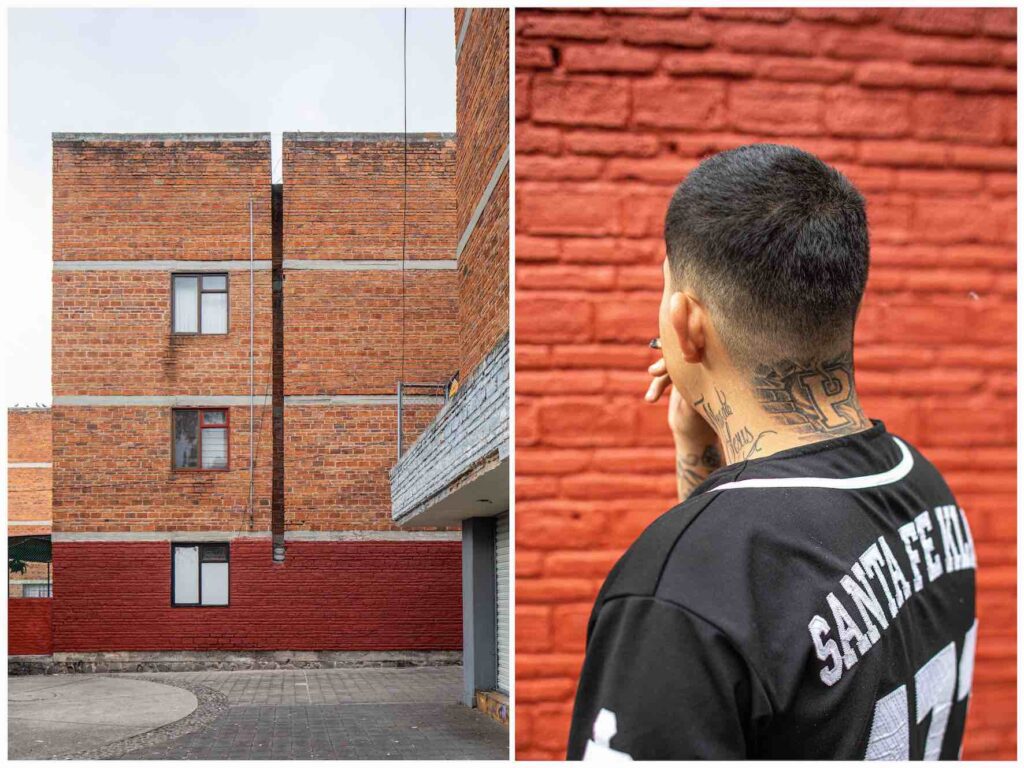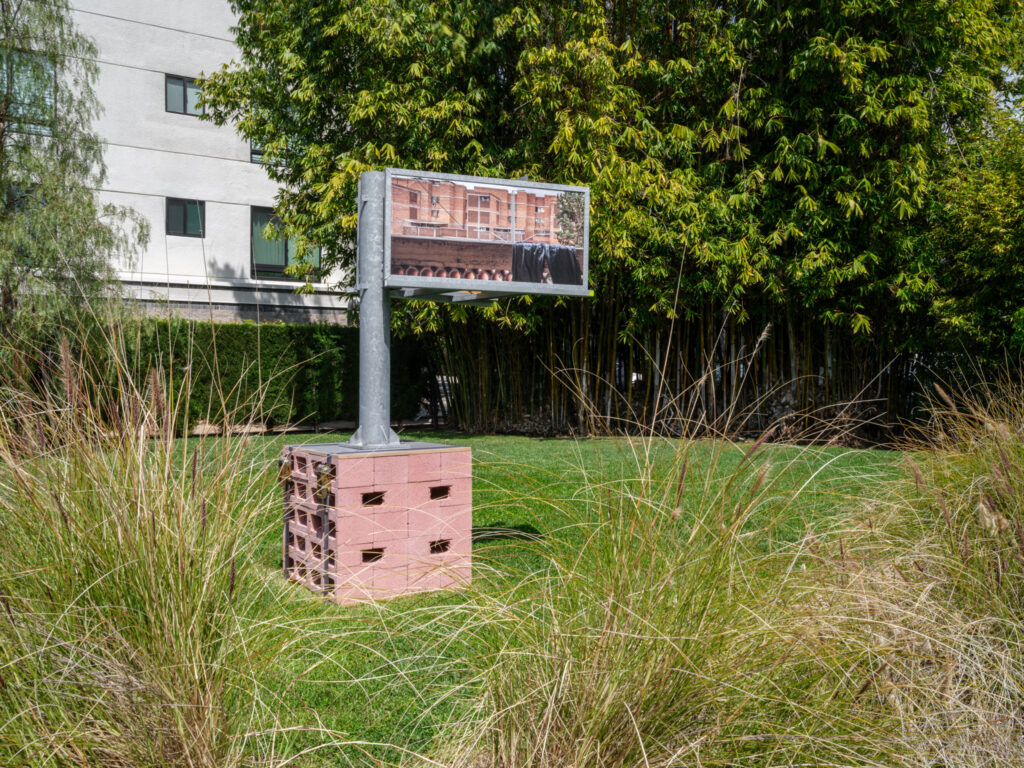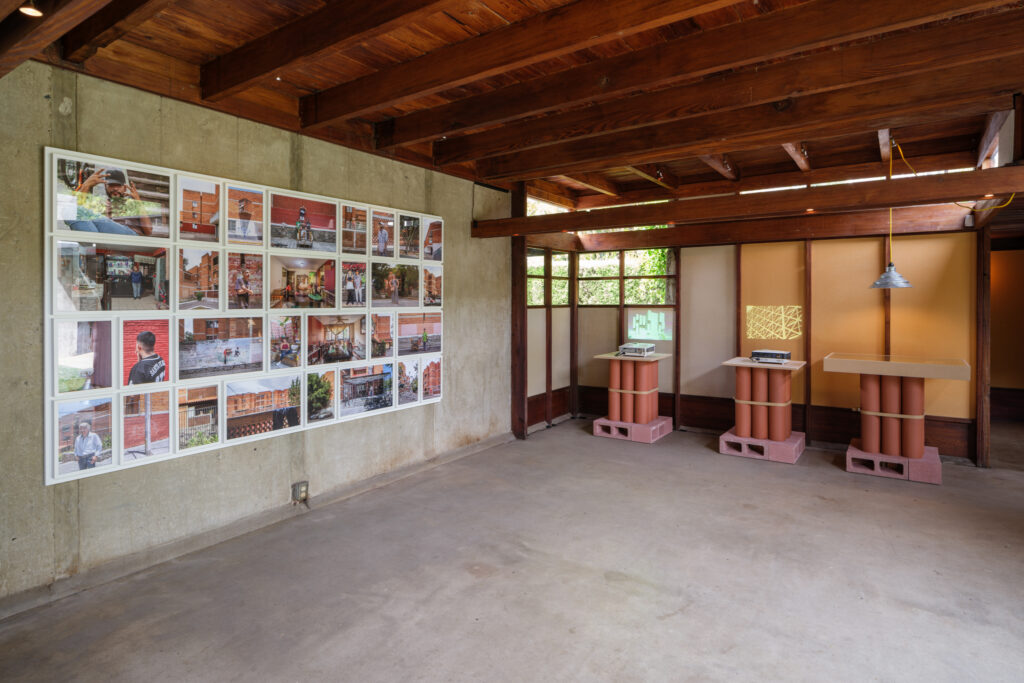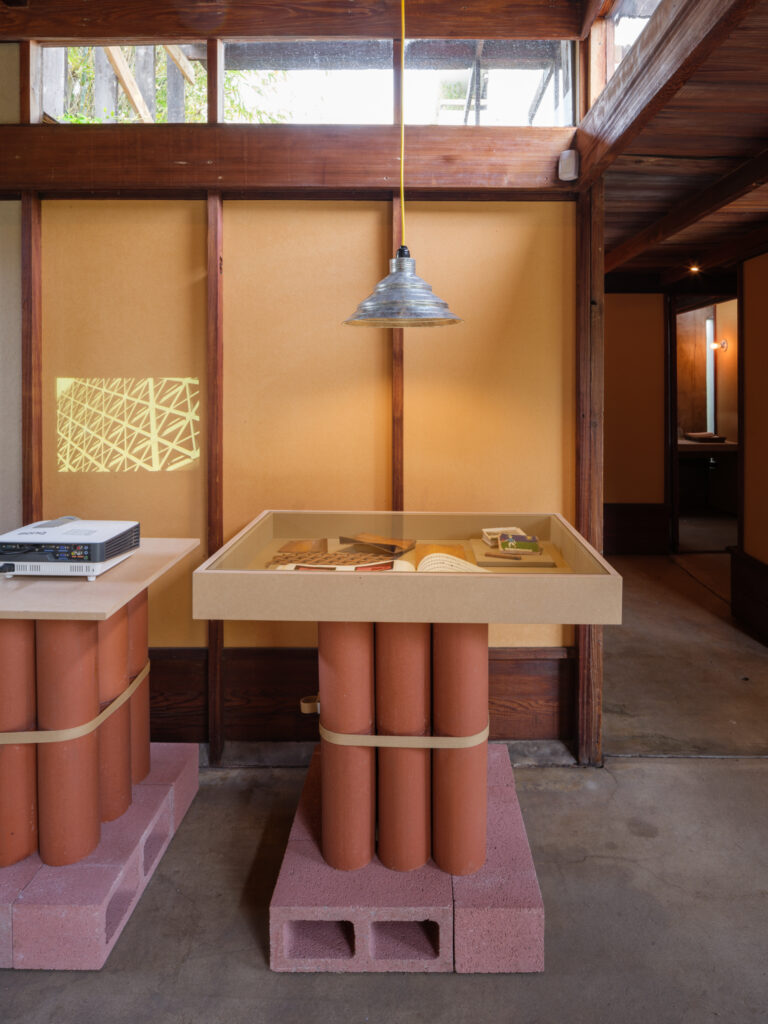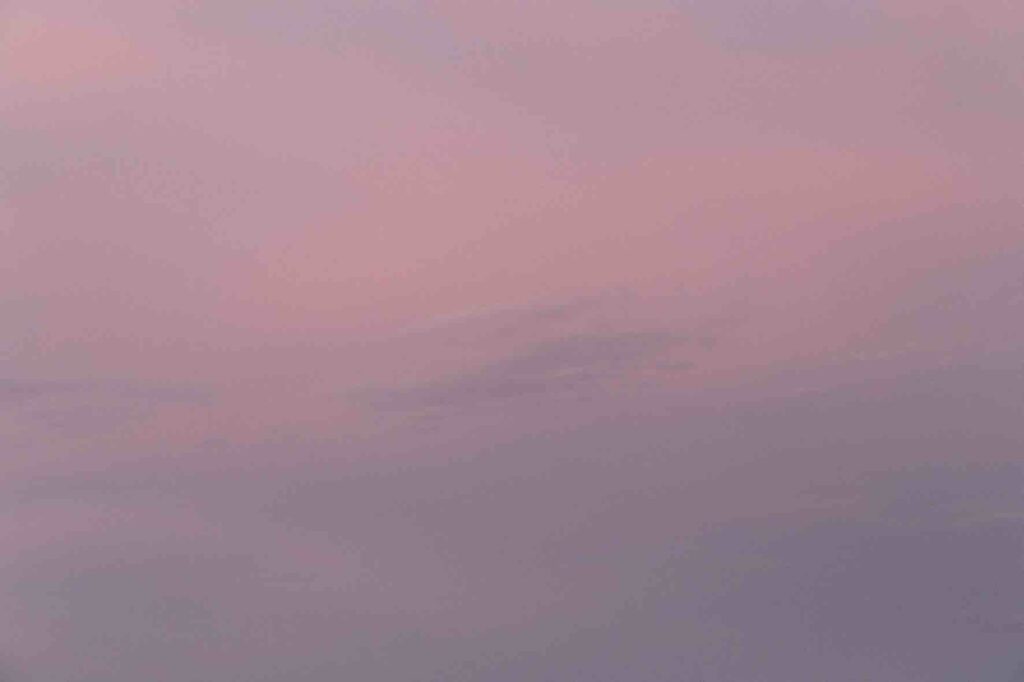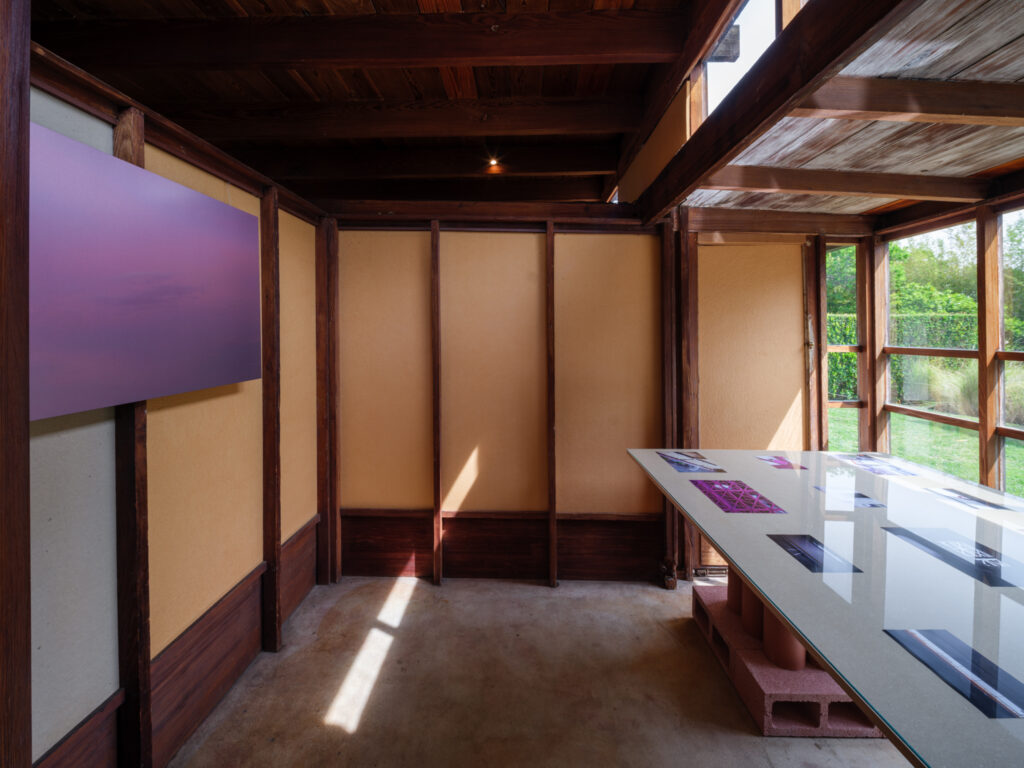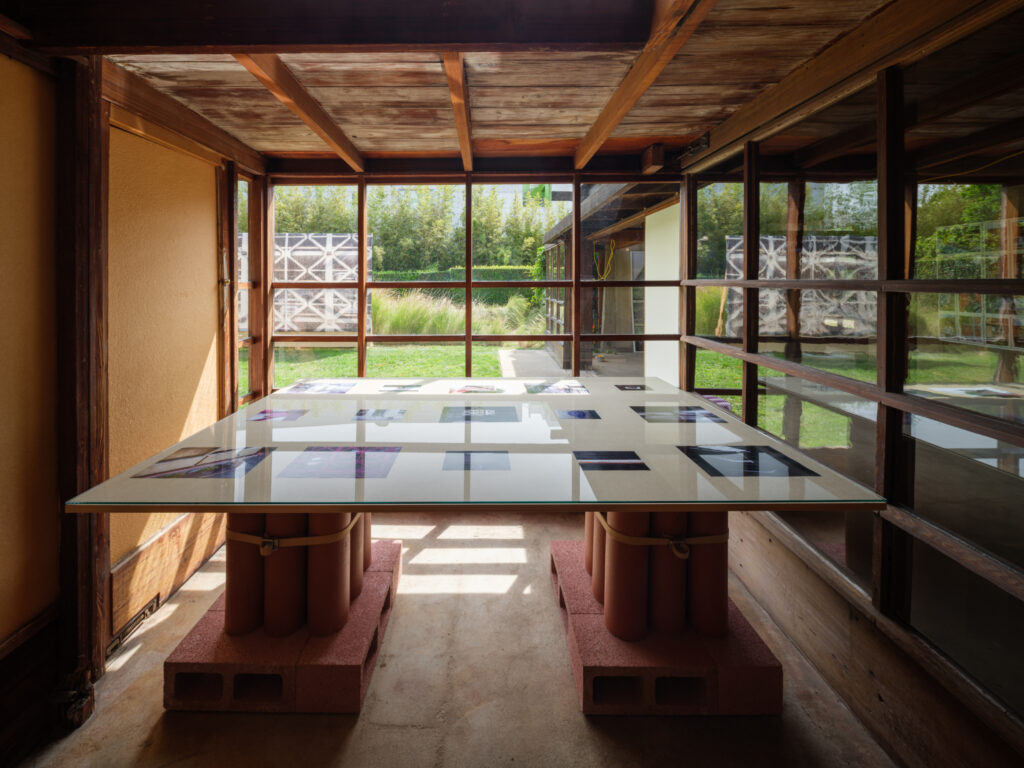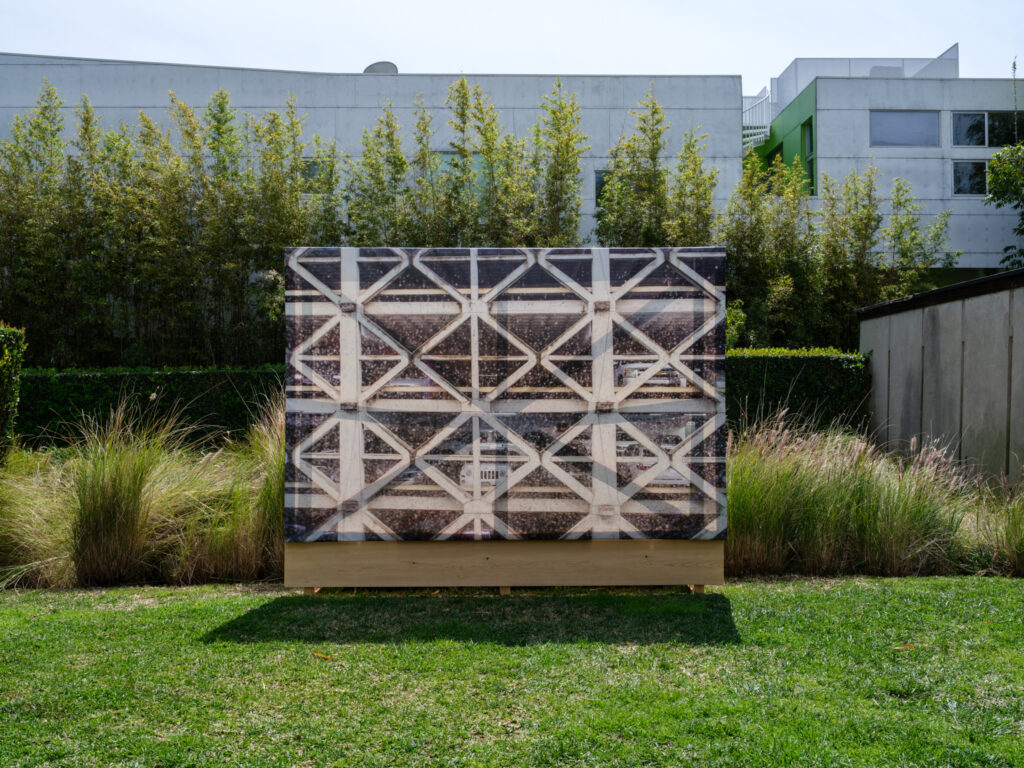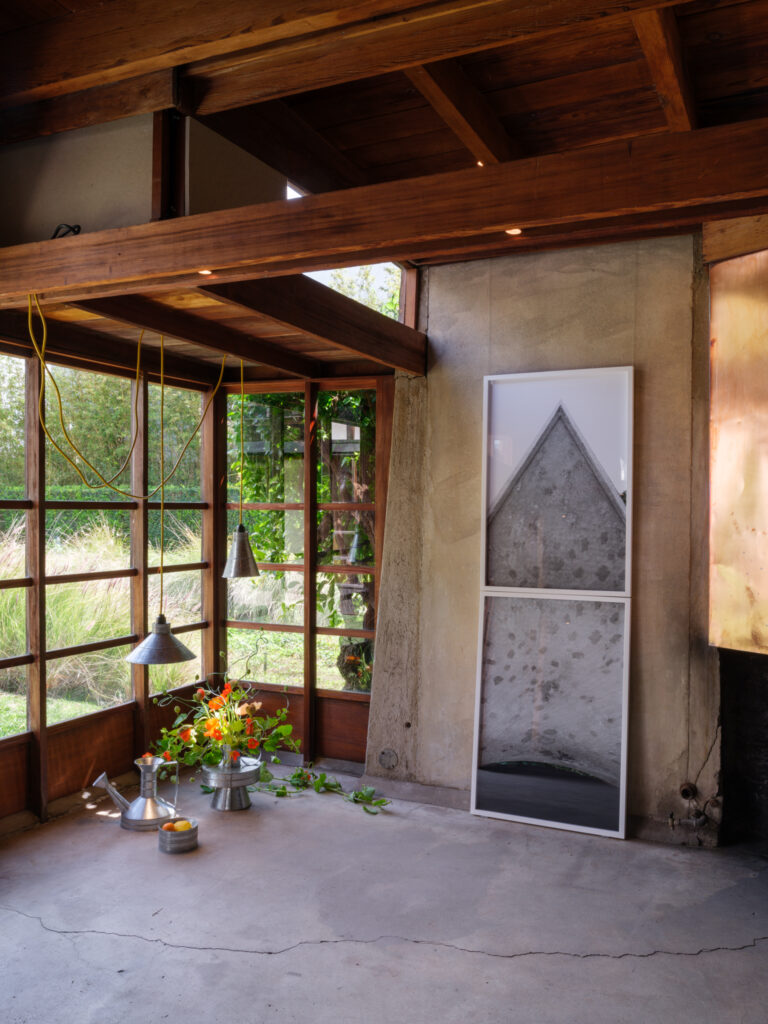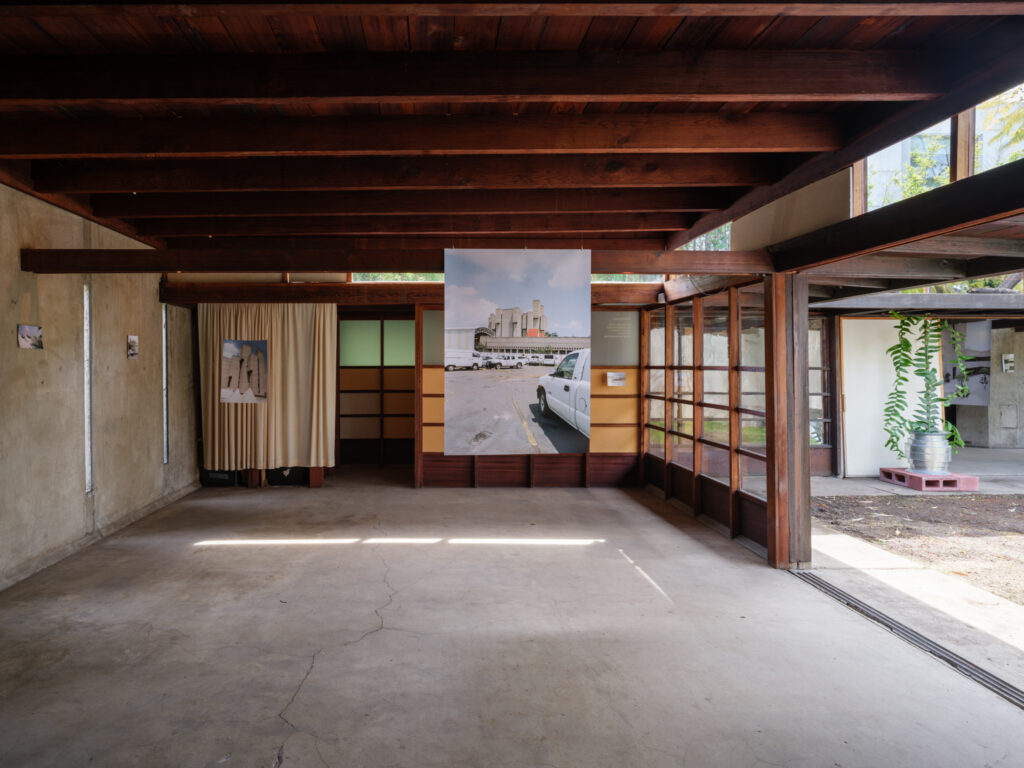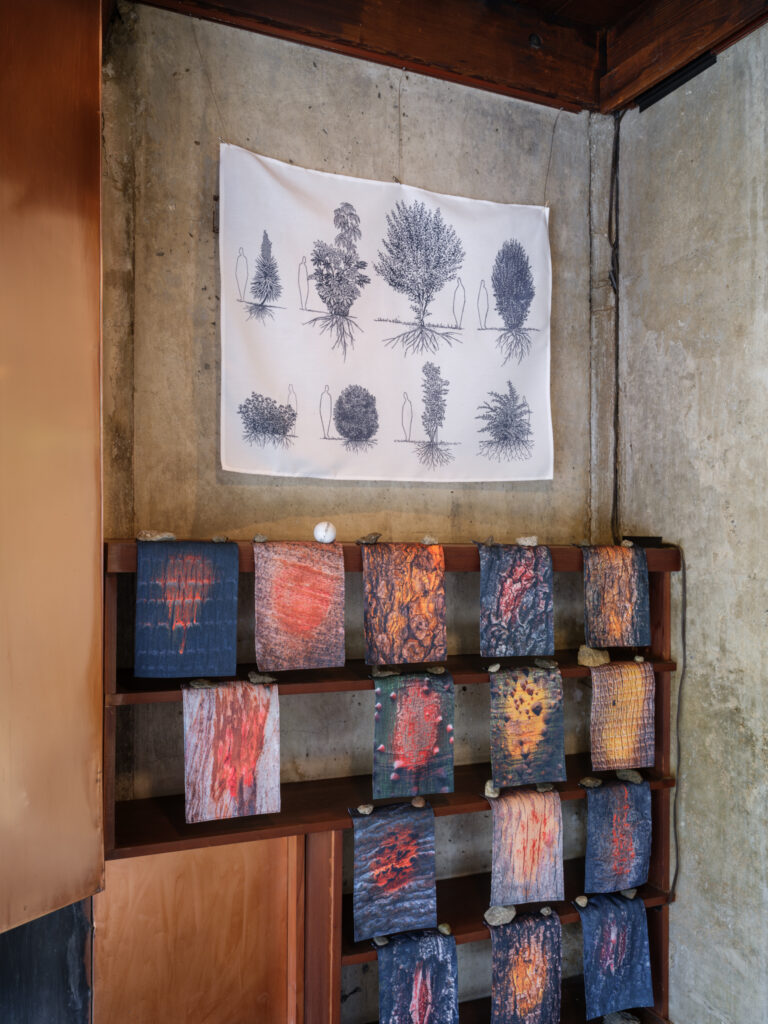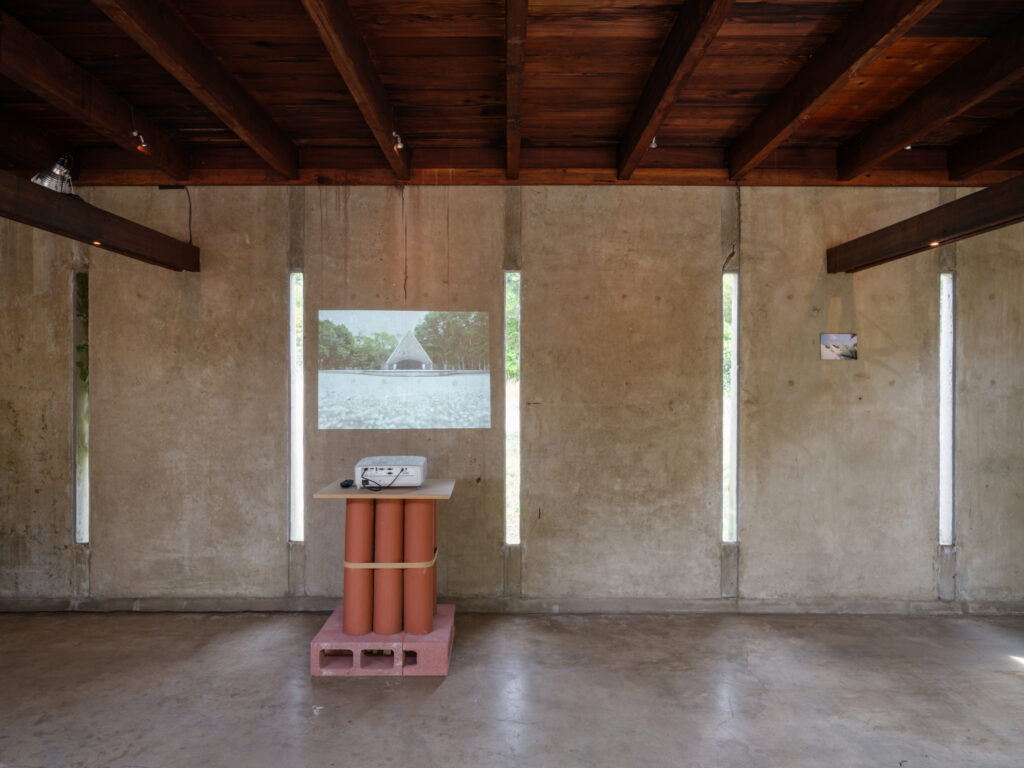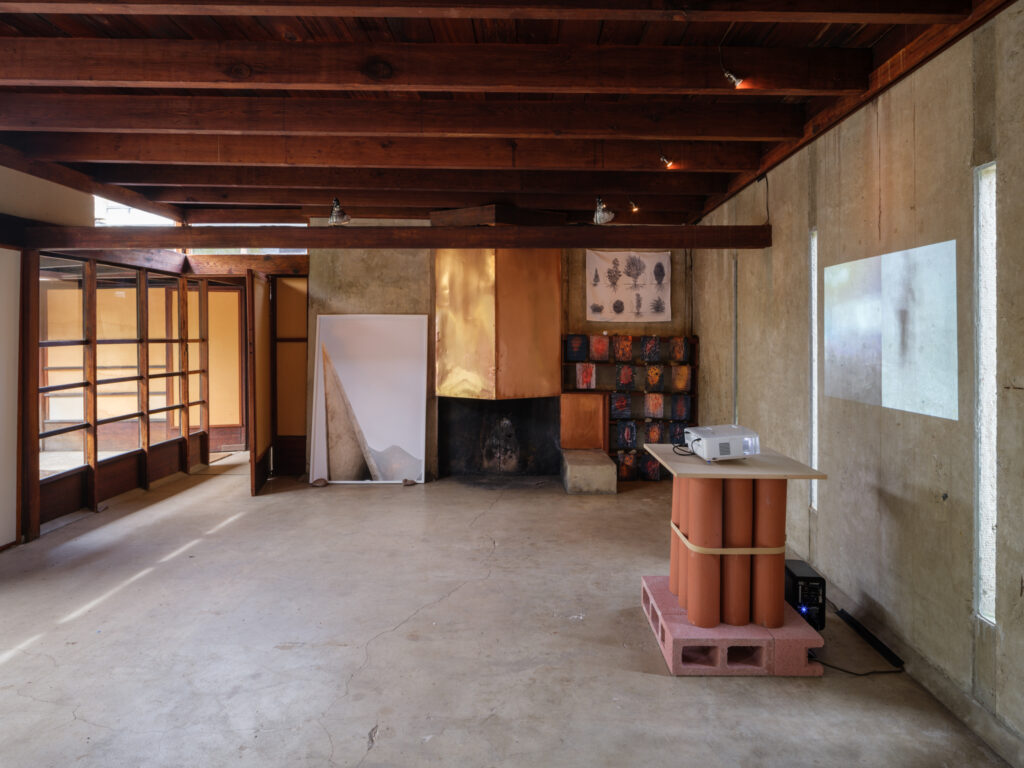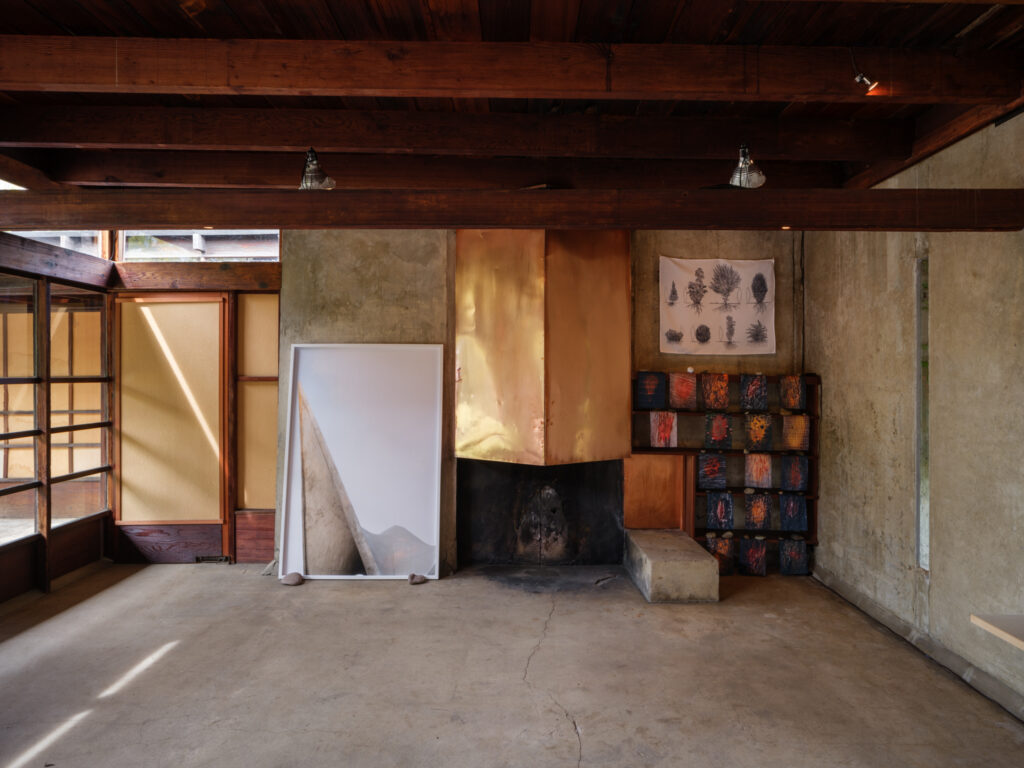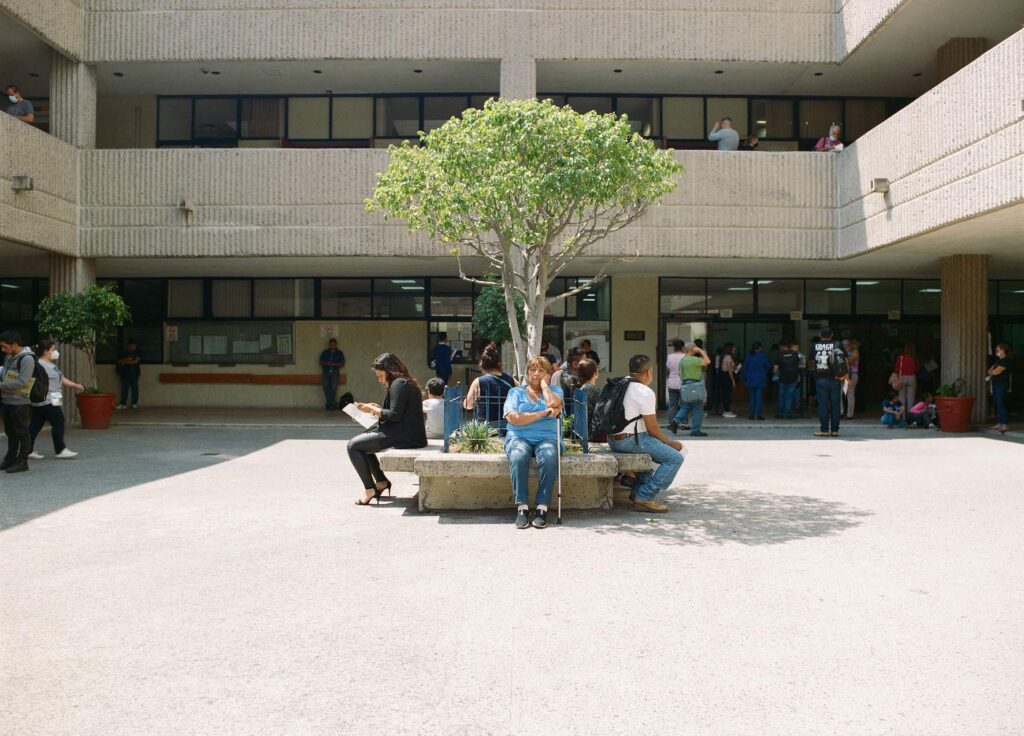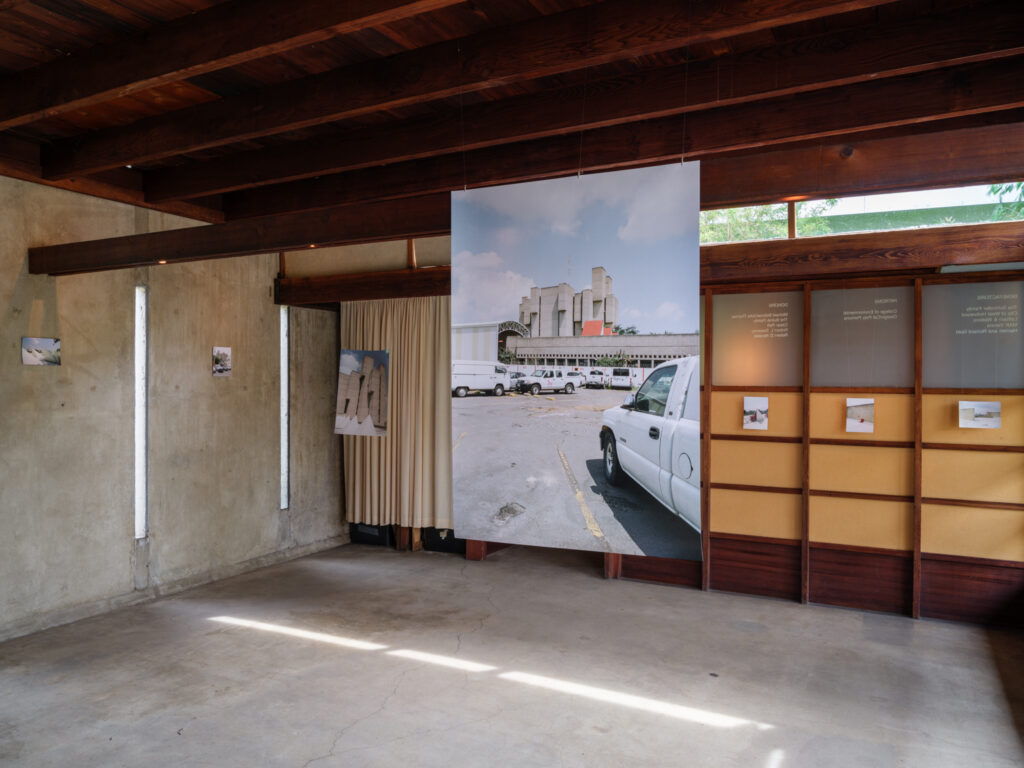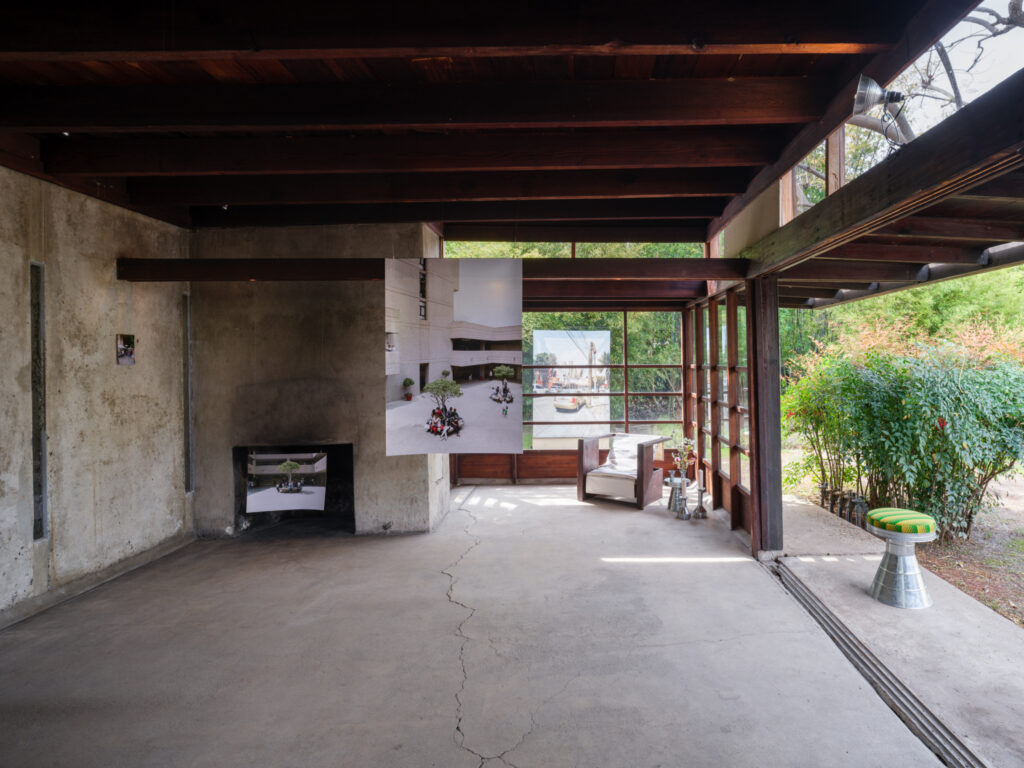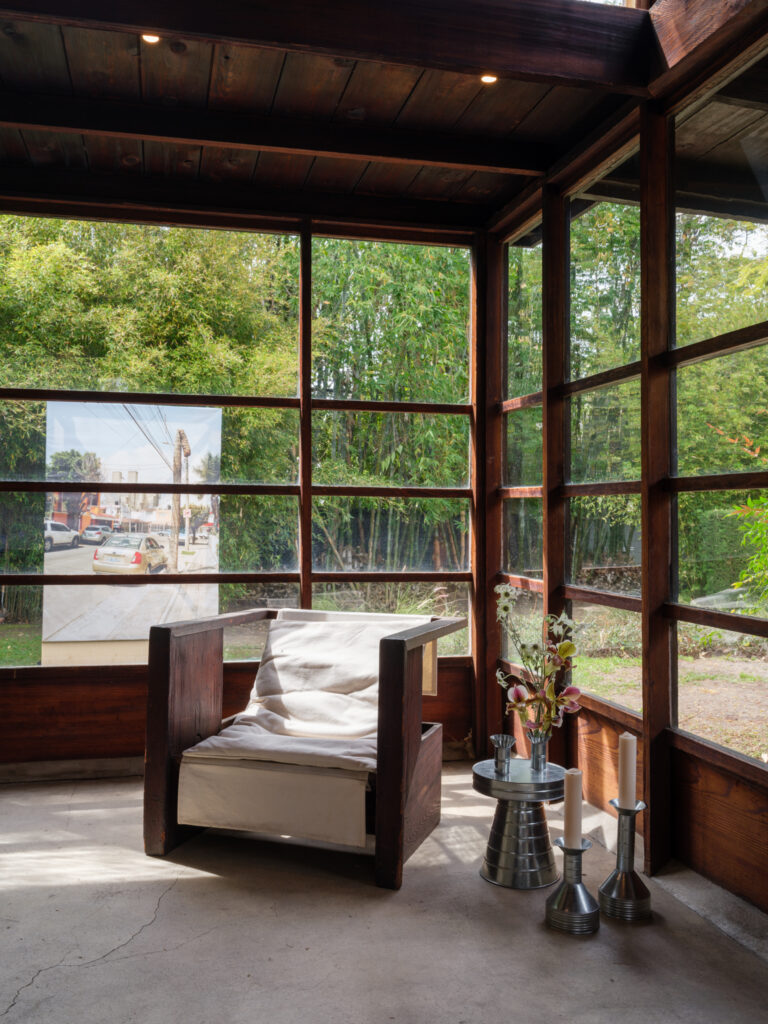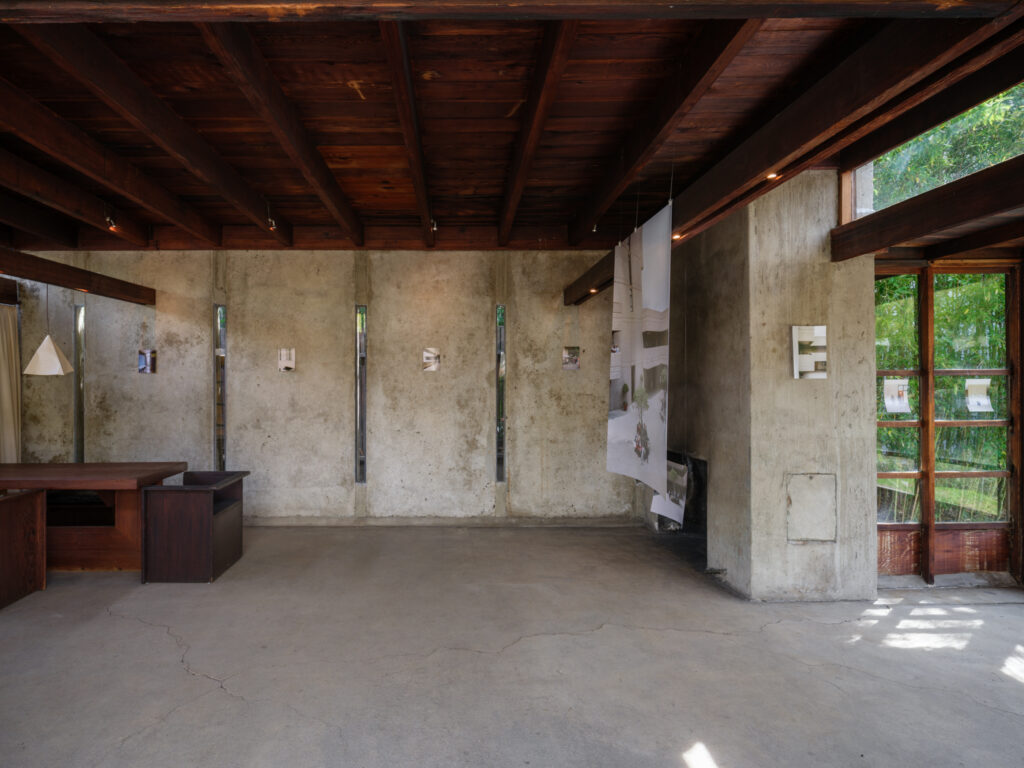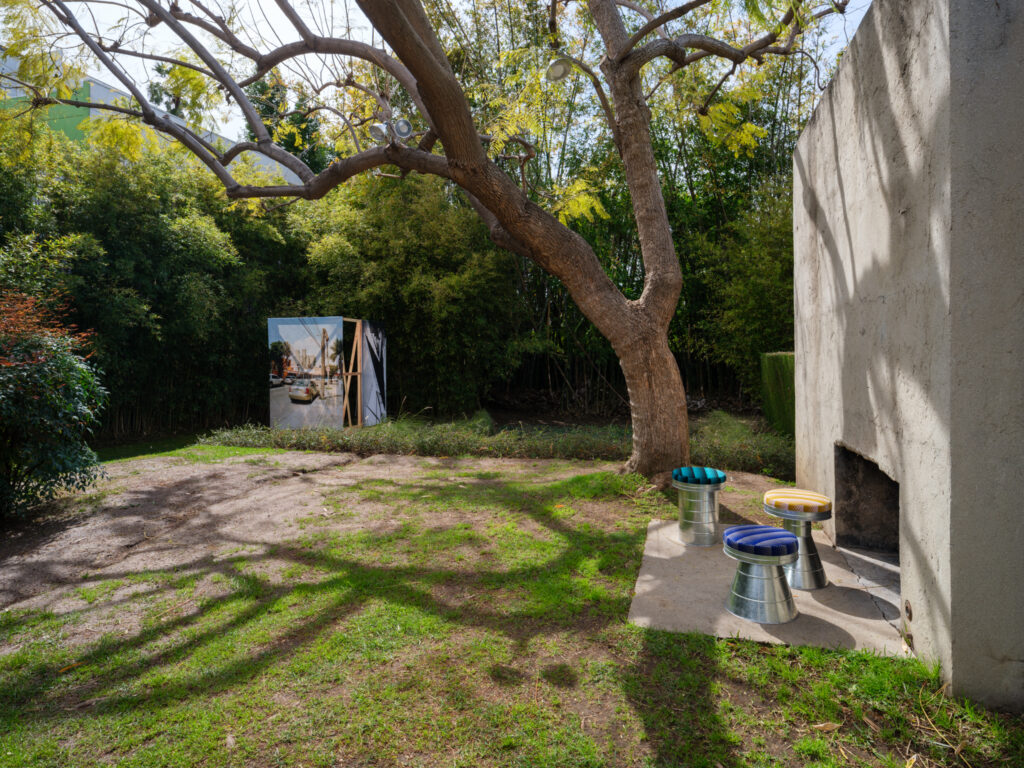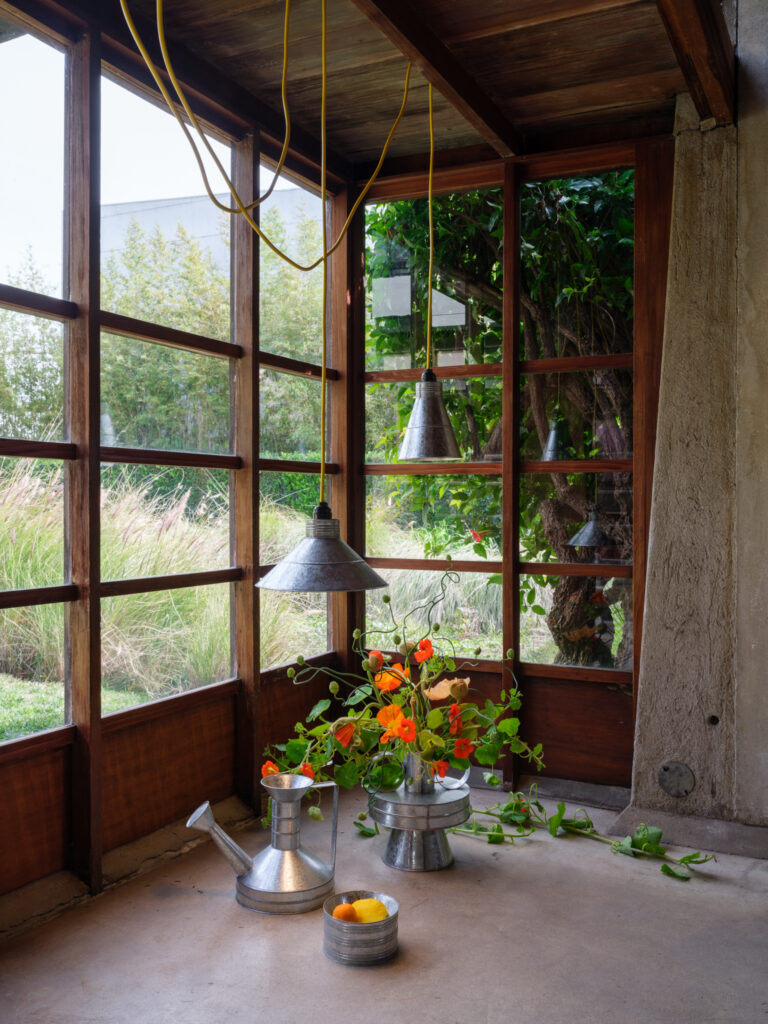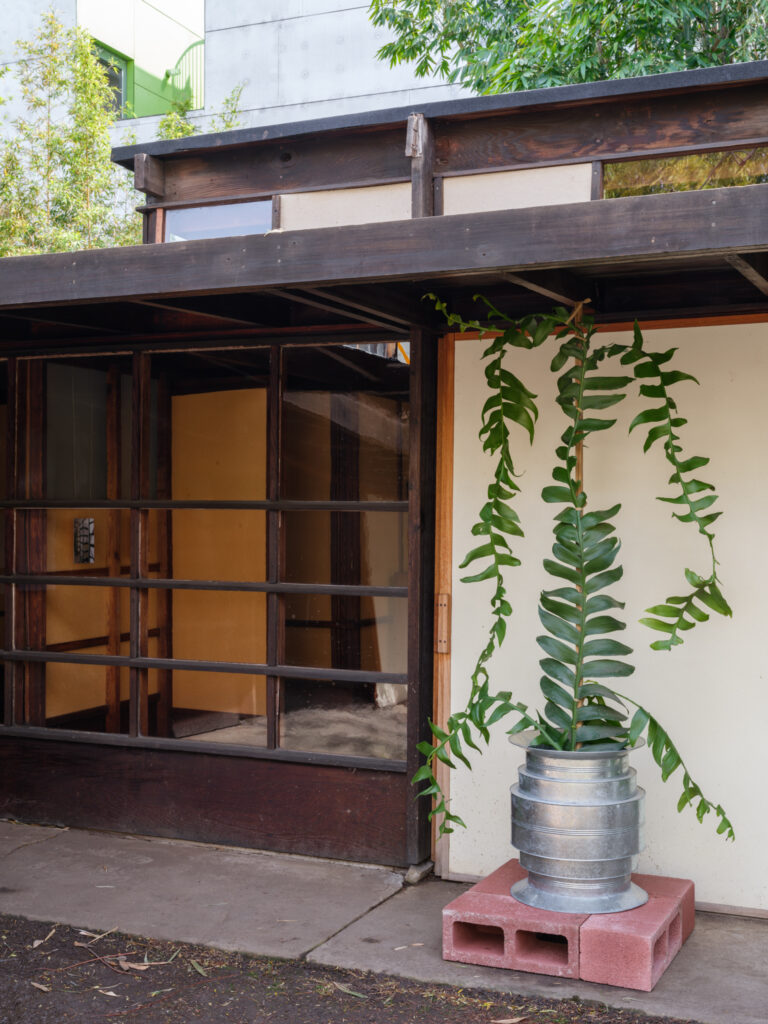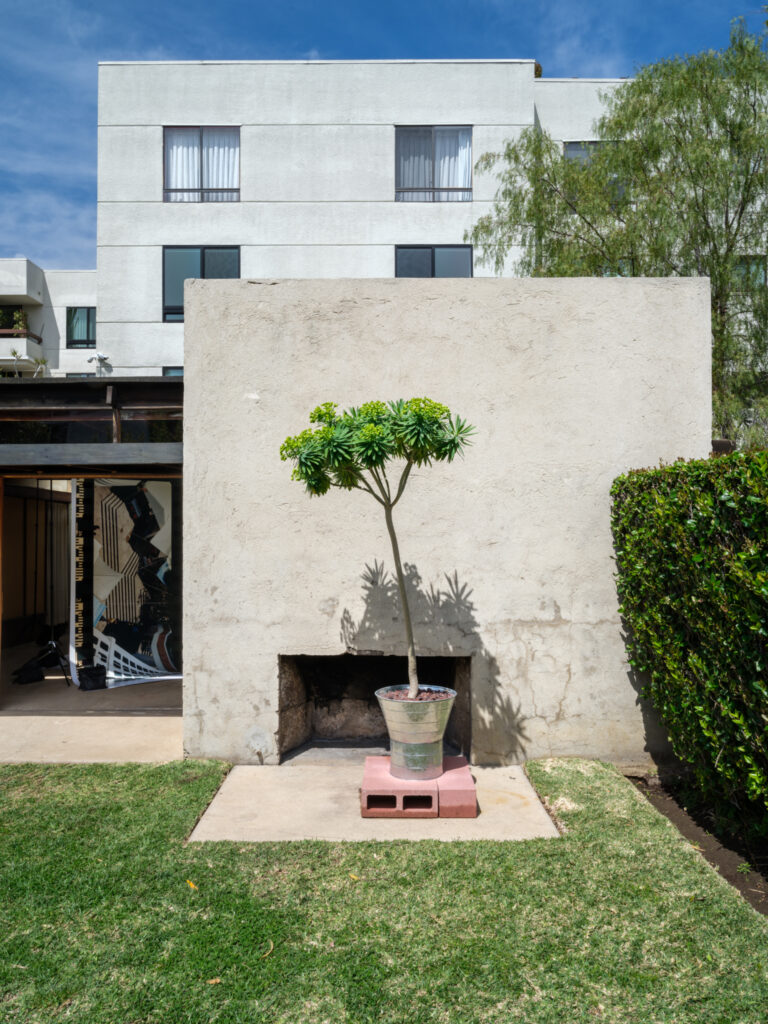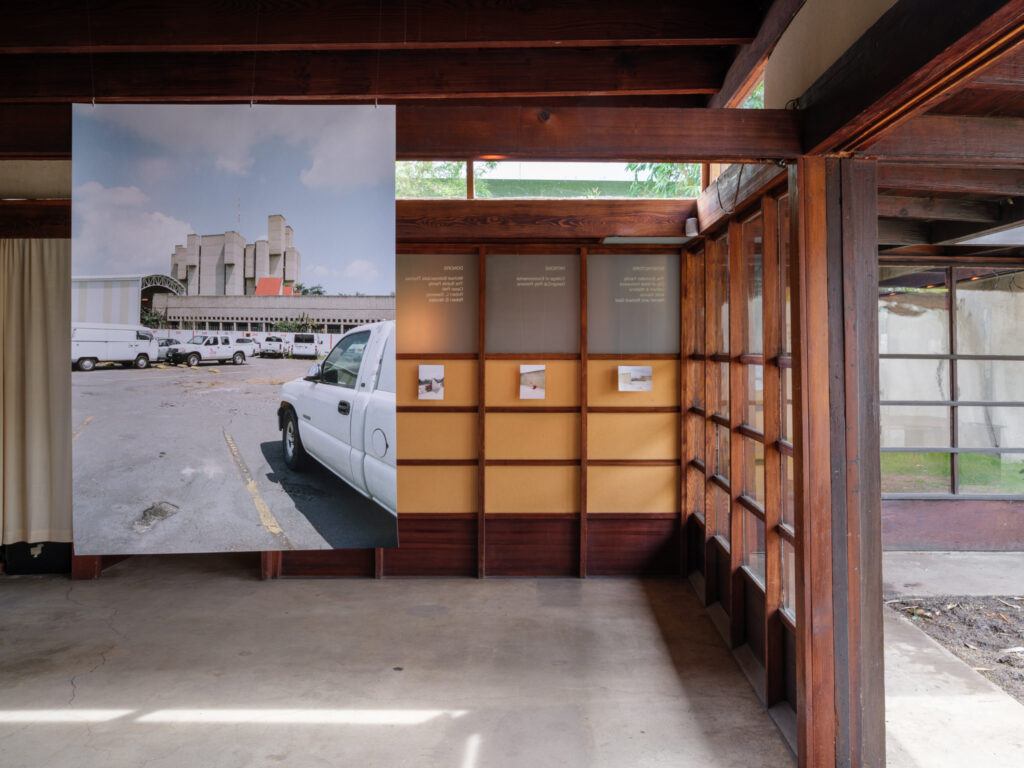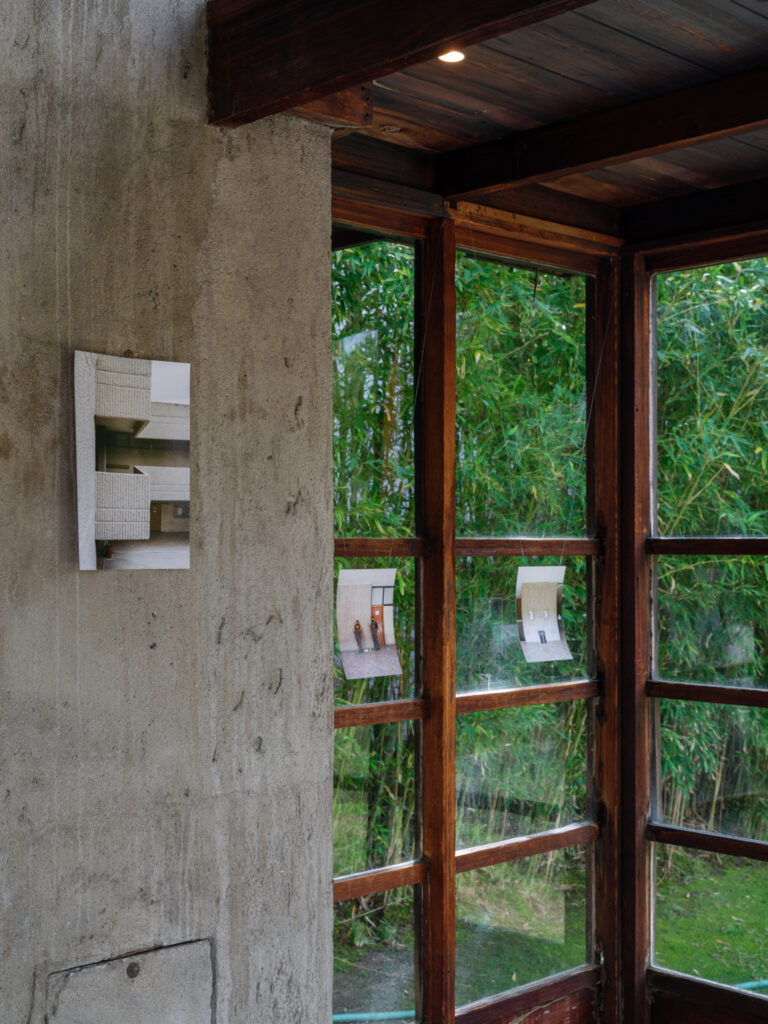The demise was probably inevitable, foretold by an Ed Ruscha painting. William Pereira’s LACMA opened in 1962, but the buildings were never great. Its corporate modernism was inward‑looking, and its flourishes didn’t age well. Later additions by Hardy Holzman Pfeiffer Associates (1986) and Renzo Piano (2008, 2010) atomised the campus, but there was always something pleasant about sitting in the plaza and watching museum‑goers drift from building to building – a piece of pedestrian urbanism in a town long blasted for not having any. (It does.)
Out of the windows of Lenny Steinberg’s Venice Beach living room, there are a few hundred metres of sand, a line of white surf, then the grey-blue expanse of the Pacific Ocean. It’s a remarkable, pinch-me view, the kind most folks only see from the nearby boardwalk at Muscle Beach, where tourists and roller skaters glide through a perfume of cannabis dispensaries and fish taco stands.
The LA-based designer’s home is just a few doors down from Frank Gehry’s Norton House, a mid-1980s landmark that mimics a lifeguard tower. She and her husband, Bob, a prominent lawyer, moved here in the 1990s, transforming a 1960s post-and-beam duplex into a minimalist roost that now houses an archive and showroom of five decades of her work, alongside her art and object collection. Each piece – from the Lucite high heels on a table by the front door to the Frank Stella print in the main bedroom – reflects, in short, the fruits of a highly creative life.
Lesley Lokko’s sprawling, dense Biennale asks us to engage different representational languages. It’s a slow burn, but finding new legibility takes a moment.
“Zt. Zzt. ZZZzzzZZZzzzzZZZzzzzzzZZZZzzzzzzzzZZZzzzzzZZZzzzzo’ona,” begins The Old Drift, Namwali Serpell’s 2019 novel set in Zambia. The insistent whine of a mosquito. Her pesky, omniscient narrator traverses generations and geographies. It’s a tale of violence and the folly of colonization. That hum, indigenous and persistent, singular and swarm, is the consciousness of the African continent.Those ZZZs droned through the Arsenale and Giardini as participants, journalists, and VIPs gathered to kick off the eighteenth International Venice Architecture Biennale, and echoed across alleys and piazze made damp by unseasonal rain and high tides. Venice, after all, is a reformed swamp with mosquitos of its own.
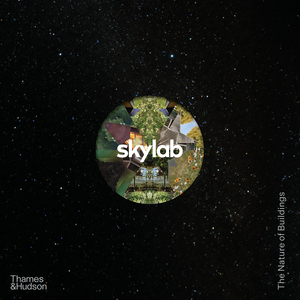
From highly crafted residences to impactful cultural projects, this uniquely designed book—conceived as a double vinyl album—offers a detailed look at Skylab’s innovative work.
Skylab: The Nature of Buildings is the first monograph of the Portland, Oregon-based architecture and design studio. Founded by Jeff Kovel in 1999, Skylab has emerged as a leading creative force in the Pacific Northwest and North America. At the vanguard of innovative and sustainable design, the practice is known for a range of spectacular residences designed for leading creatives, as well as distinctive music venues, resorts, and other high-profile projects, including the N M Bodecker Foundation, Nike’s Serena Williams Building, and the Columbia Building. Presenting more than two decades of work, the story of Skylab is told by several influential contributors through reflective essays, interviews, conversations, and anecdotes, as well as extensive project photography and illustrations that detail the firm’s design process.
Much has been said about how we live in a time of acceleration. We strive for fast and interconnected. And yet, a considerable body of discourse takes the counter position, arguing for rest, care, and immobility. In her 2019 book How to Do Nothing, Jenny Odell urges us to turn away from the churn, writing, “Our very idea of productivity is premised on the idea of producing something new, whereas we do not tend to see maintenance and care as productive in the same way.”
Architecture, too, is caught in the thrall. Although buildings take time, we’re junkies for novelty. Museumbuildings are particular eye candy. Supposed freedoms of art and culture push desires for formal inventiveness. But what would it mean to construct a museum in slow motion?
Seeking Zohn presents works by Mexican-Austrian architect and engineer Alejandro Zohn (1930-2000) through contemporary photography and design. The exhibition takes as subject Zohn’s robust civic and commercial architecture built in Guadalajara from the 1950s to the 1990s, with an interest in how the city’s social, cultural, and material histories are interwoven with his structures.
Commissioned photography and video by artists Adam Wiseman, Lake Verea, Onnis Luque, Sonia Madrigal, and Zara Pfeifer veer from the documentary conceit of architectural photography toward the subjective. This work is decidedly interpretive, seeking out the many narratives contained within parks, markets, collective housing, malls, and bureaucratic buildings. Zohn, a Jewish emigree who fled Vienna during World War II at the age of 8, dedicated his career to creating a modern Guadalajara. Through these photographs—acts of investigation and translation—we find glimpses of his utopian desire amidst the chaos, beauty, and violence of everyday life. Read More …
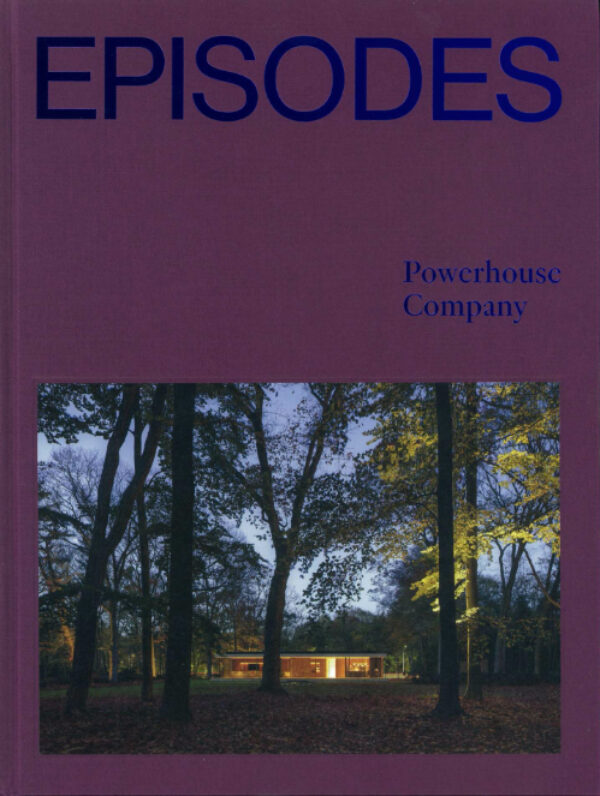
With 18 projects ranging from a chair to high-rise buildings, this book offers a cross section of the recent work of Powerhouse Company, which is based in Rotterdam, Munich, and Oslo. These projects are episodes in the success story of an architectural office that only completed its first building, a villa, in 2007. In three essays, Mimi Zeiger, Hans Ibelings, and Gay Gassmann share their insights on the work and the motivations of Powerhouse Company. Episodes traces how Powerhouse Company’s architecture has evolved while retaining what sets it apart: its attention to craftsmanship and innovation, its generosity, its comfort, and its resolute beauty.
An anachronistic exoskeleton design first conceived in 1999, resurrected in 2006, and now looming over the Expo line, it’s impossible to look at the baroquely formalist (W)rapper tower without gagging on certain circumstances surrounding its rise: an evaporating market for any office space much less the lofty double- and triple-height ceilings on offer and ERIC OWEN MOSS’s tenure as SCI-Arc director and the inflated high six-figure salary he pocketed. (W)rapper encapsulates architecture not as autonomous form but as a succubus that extracts everything from tuition to natural resources.
“This is the beginning of a cultural institution,” said Morphosis principal Thom Mayne in late September, seated in the plaza of the nearly completed Orange County Museum of Art (OCMA), in Costa Mesa, California. Behind him, VIPs dressed in black tie streamed from the valet to the white-on-white lobby for an exclusive opening event on the structure’s upper terrace. The $94 million building—its swooping prow jutting like a glazed pompadour from the facade—opened to the public on October 8.
Located at Segerstrom Center for the Arts, a suburban campus studded with architecture by Pelli Clarke Pelli and Michael Maltzan Architecture, Morphosis’s 53,000-square-foot museum is the last piece of a plan devised by civic leaders and philanthropists in the late 1960s and begun in the ’80s. It was designed to cluster Orange County’s arts organizations—like a food court for culture where you can catch the symphony, a touring production of Hamilton, and now an art exhibition.
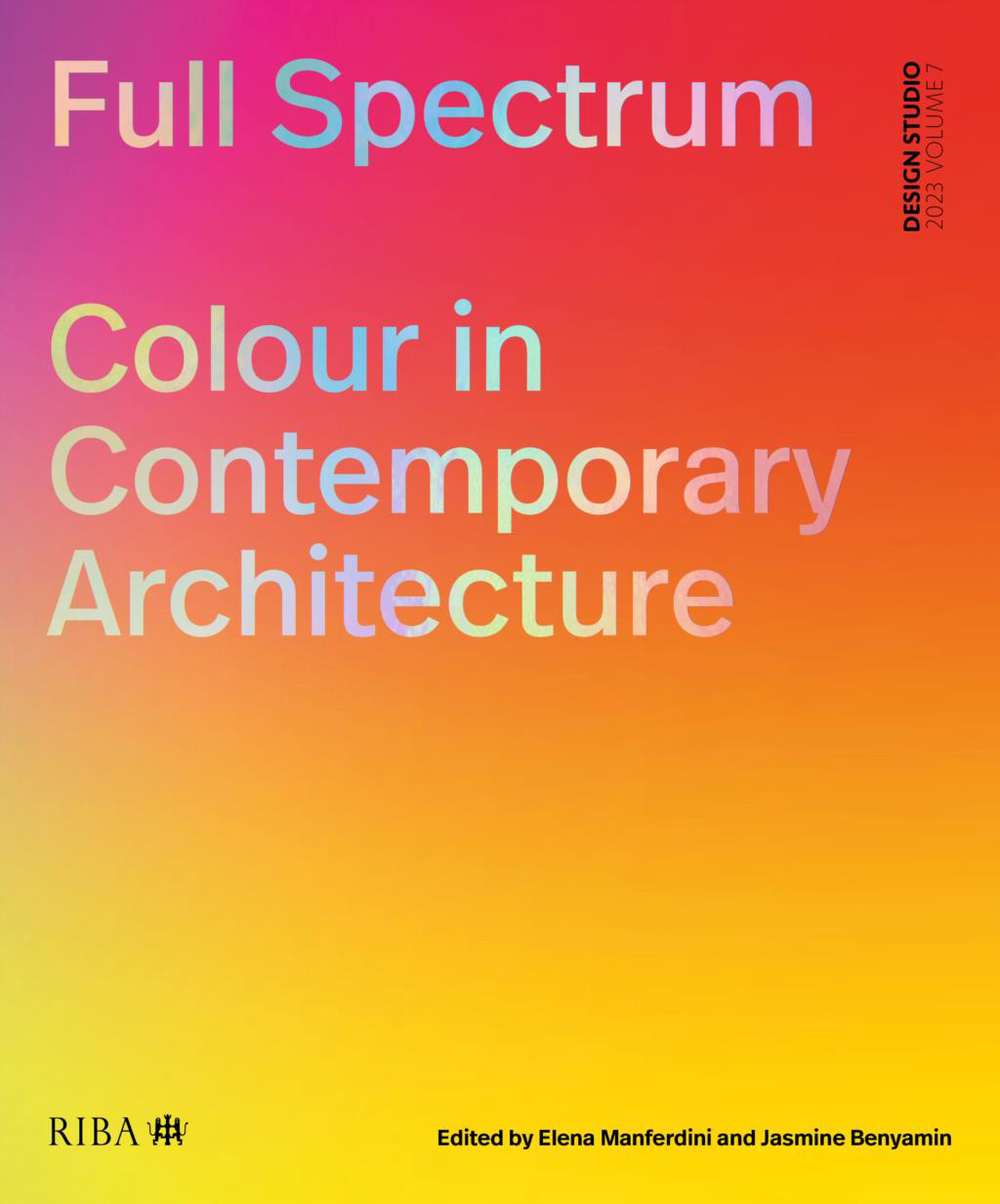
Colour is architecture’s sharpest tool in the box. It has indexed everything from the feminine, cosmetic and vulgar to the pure, intrinsic and embodied.
Attitudes to colour are constantly shifting. They have played a central role in the history of architecture: from the polychromy of the ancients to the great white interiors of high modernism; the figurative flourishes of postmodernism to the embodied sublime of contemporary building systems and facades.
